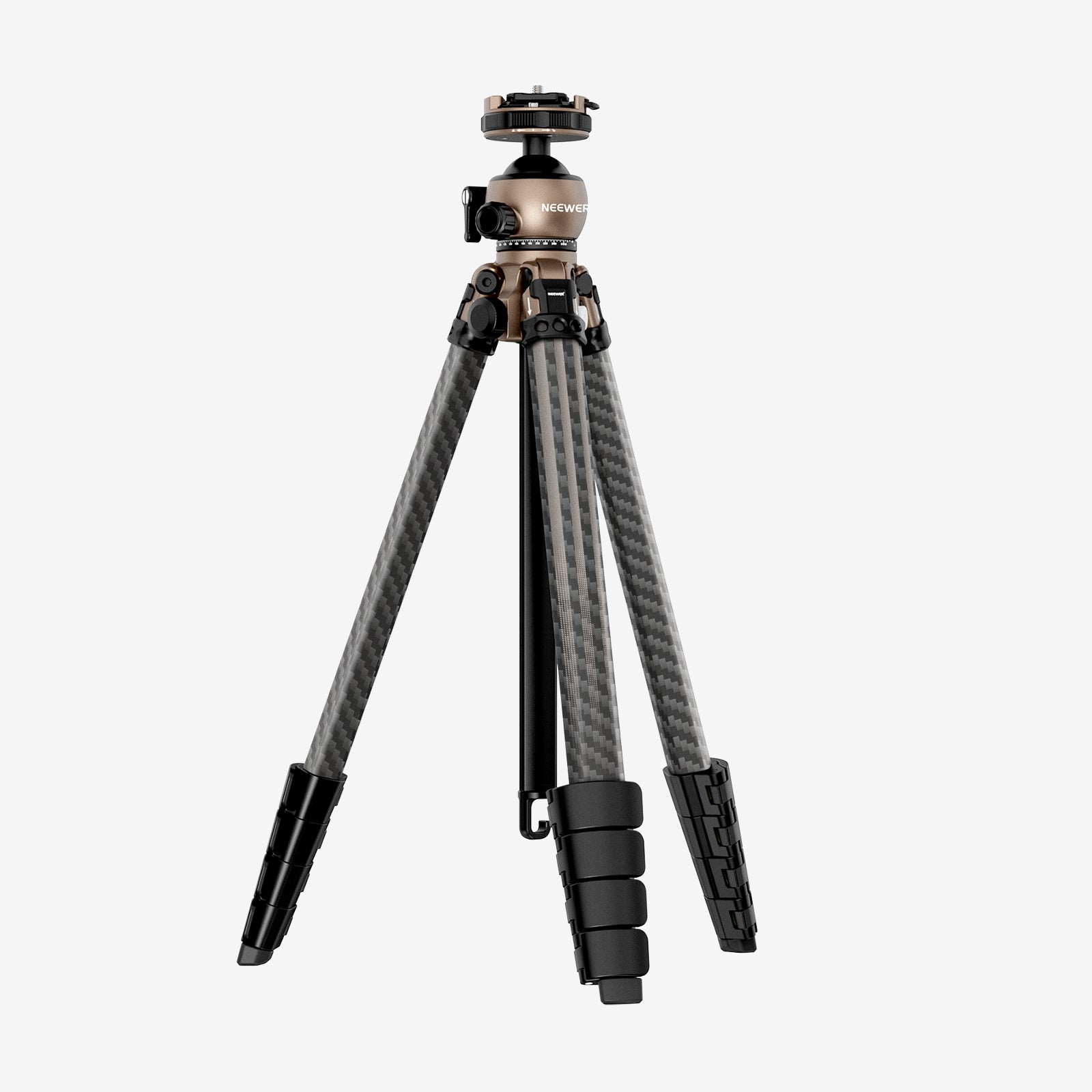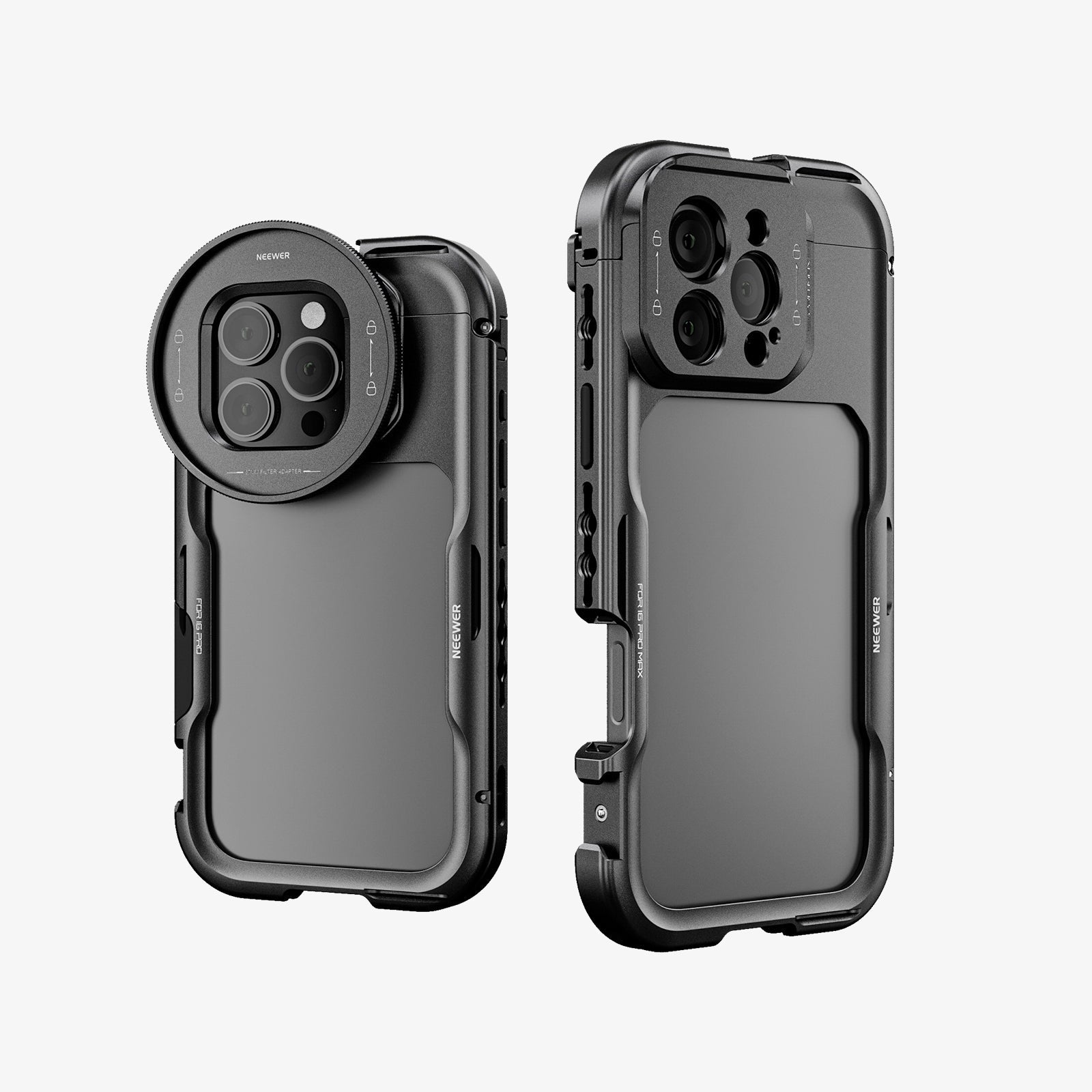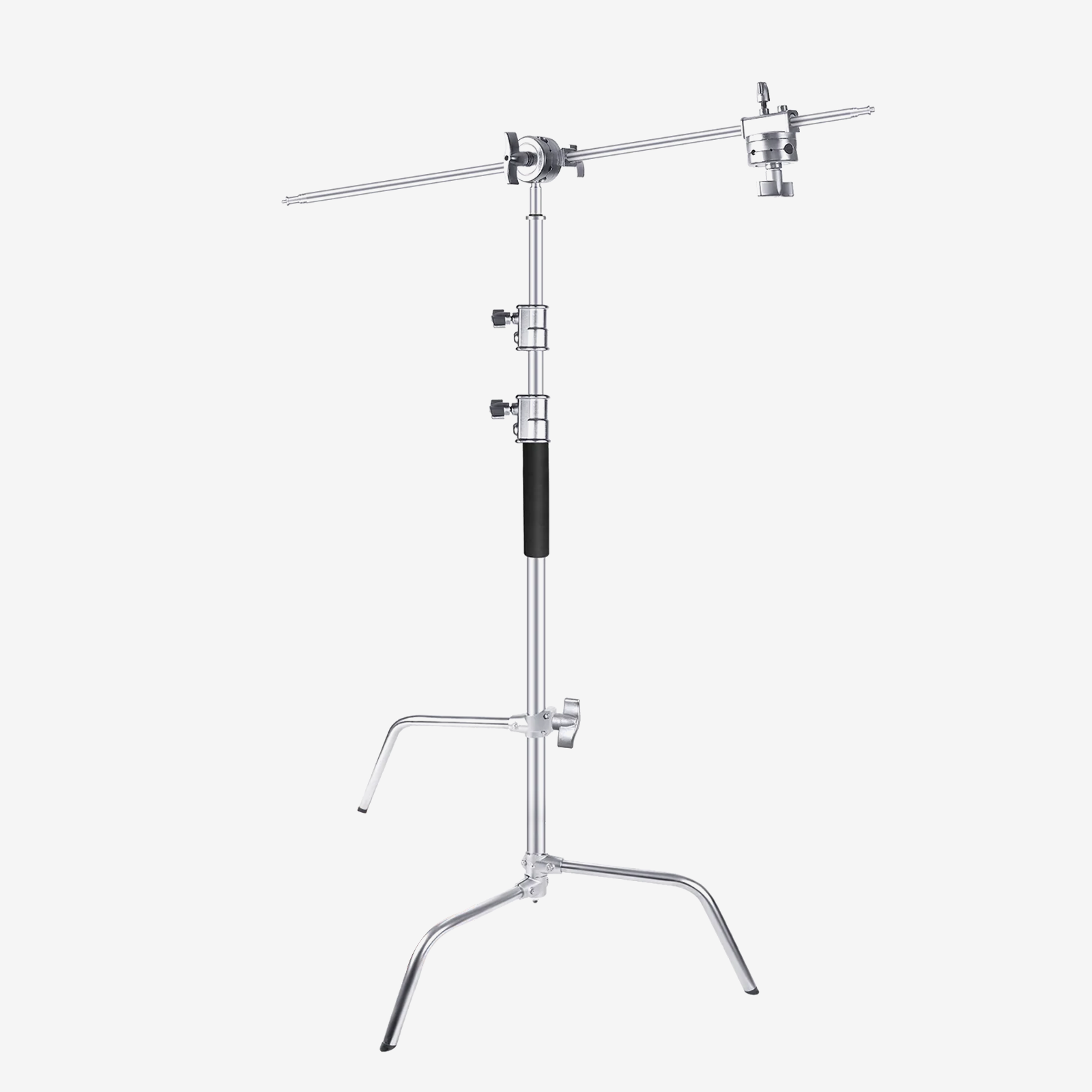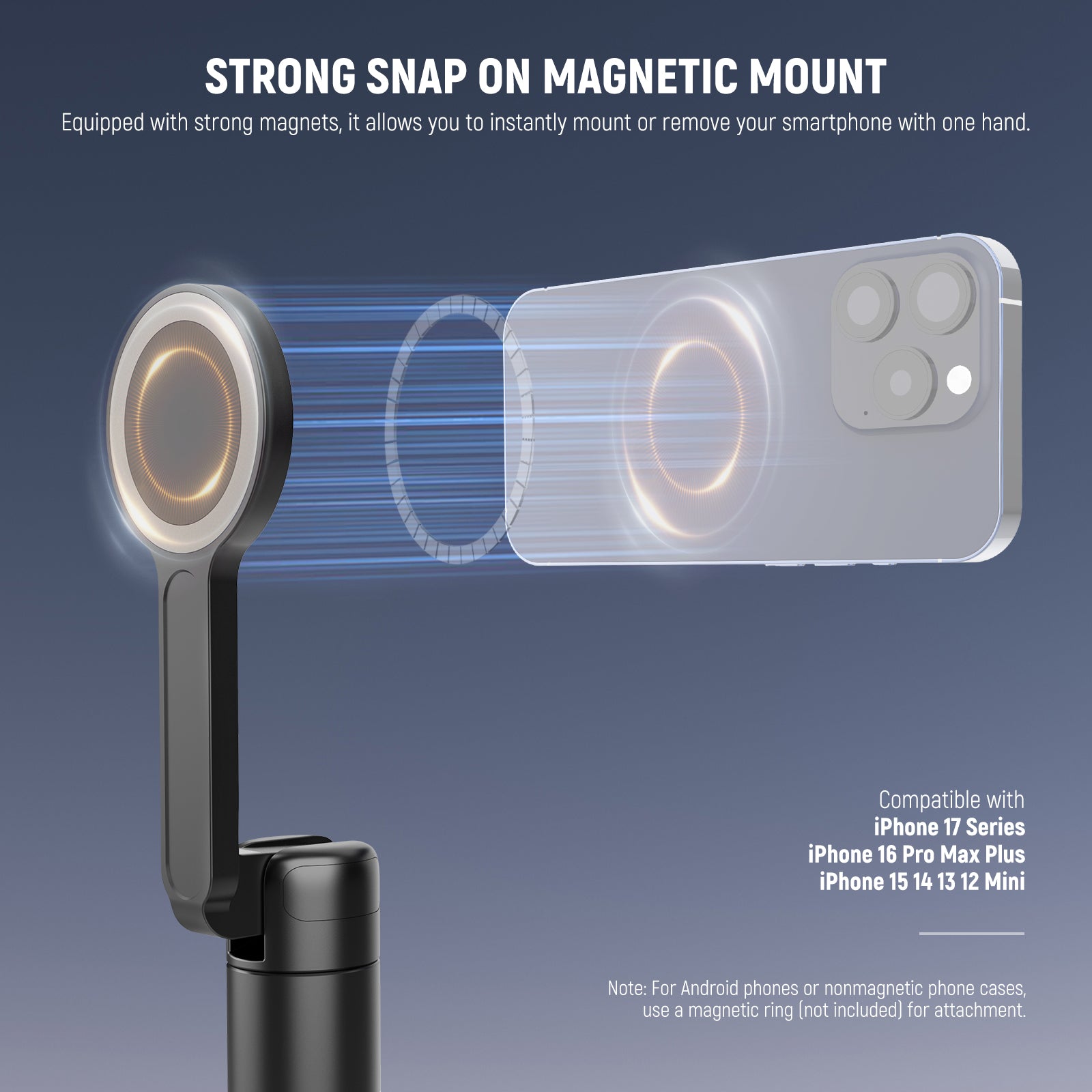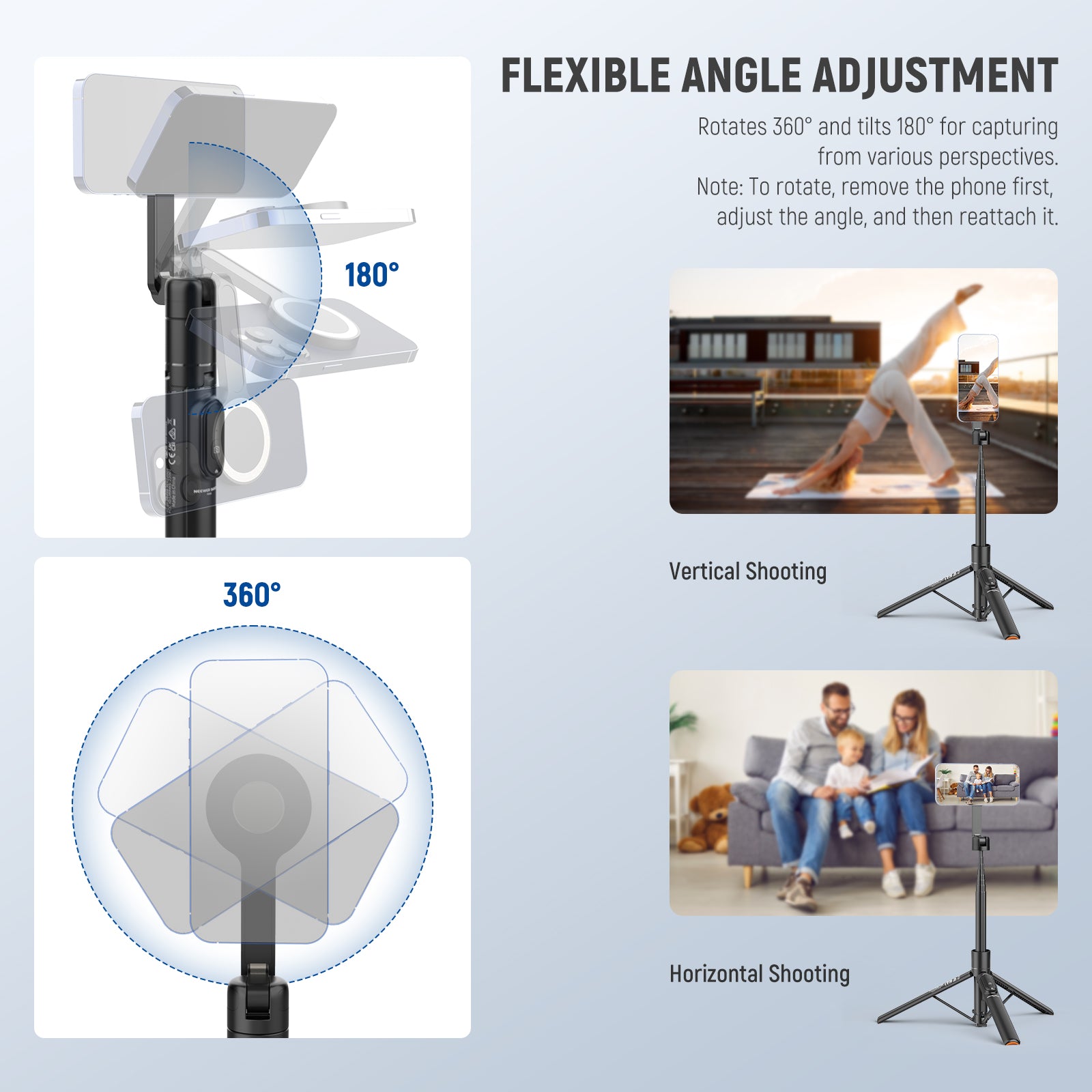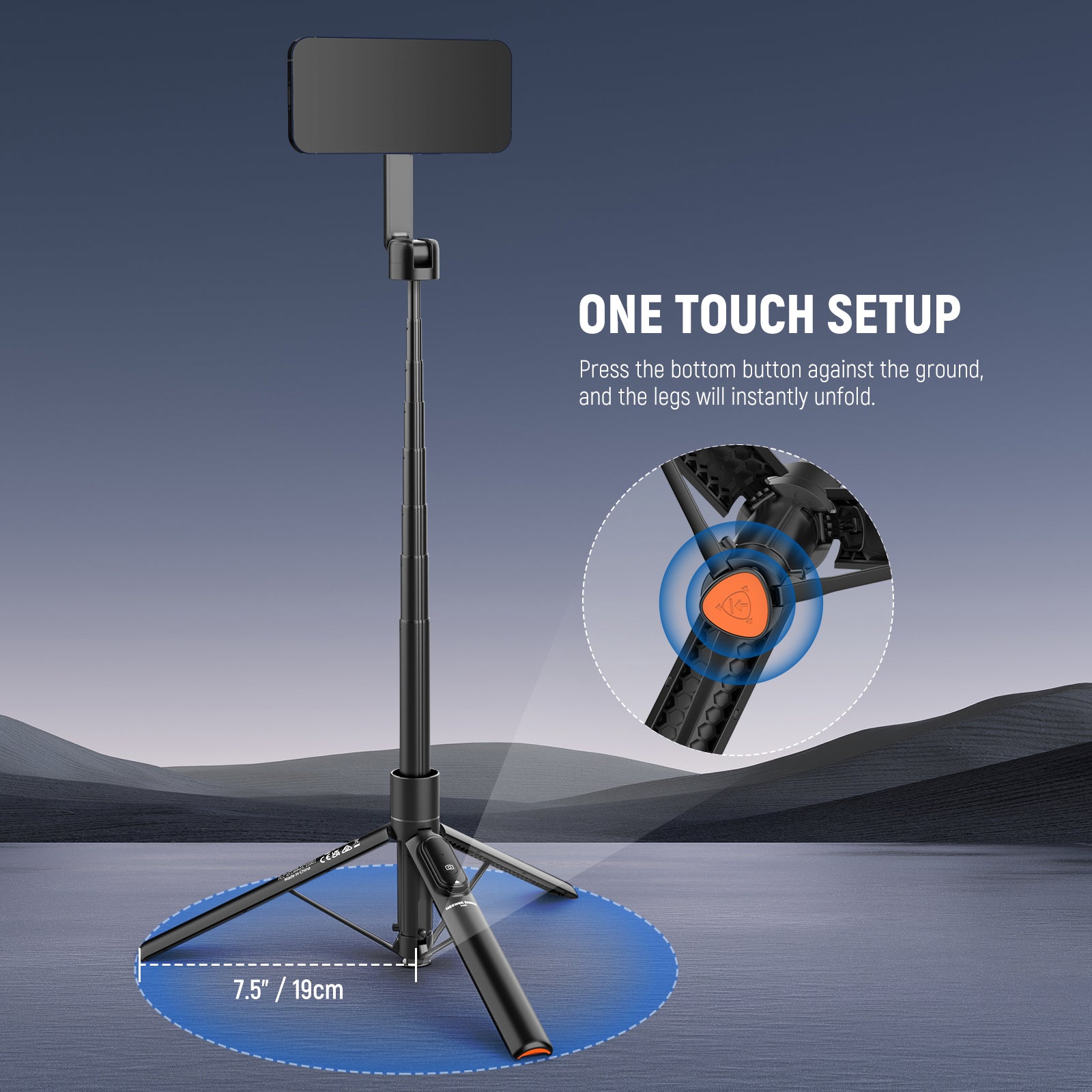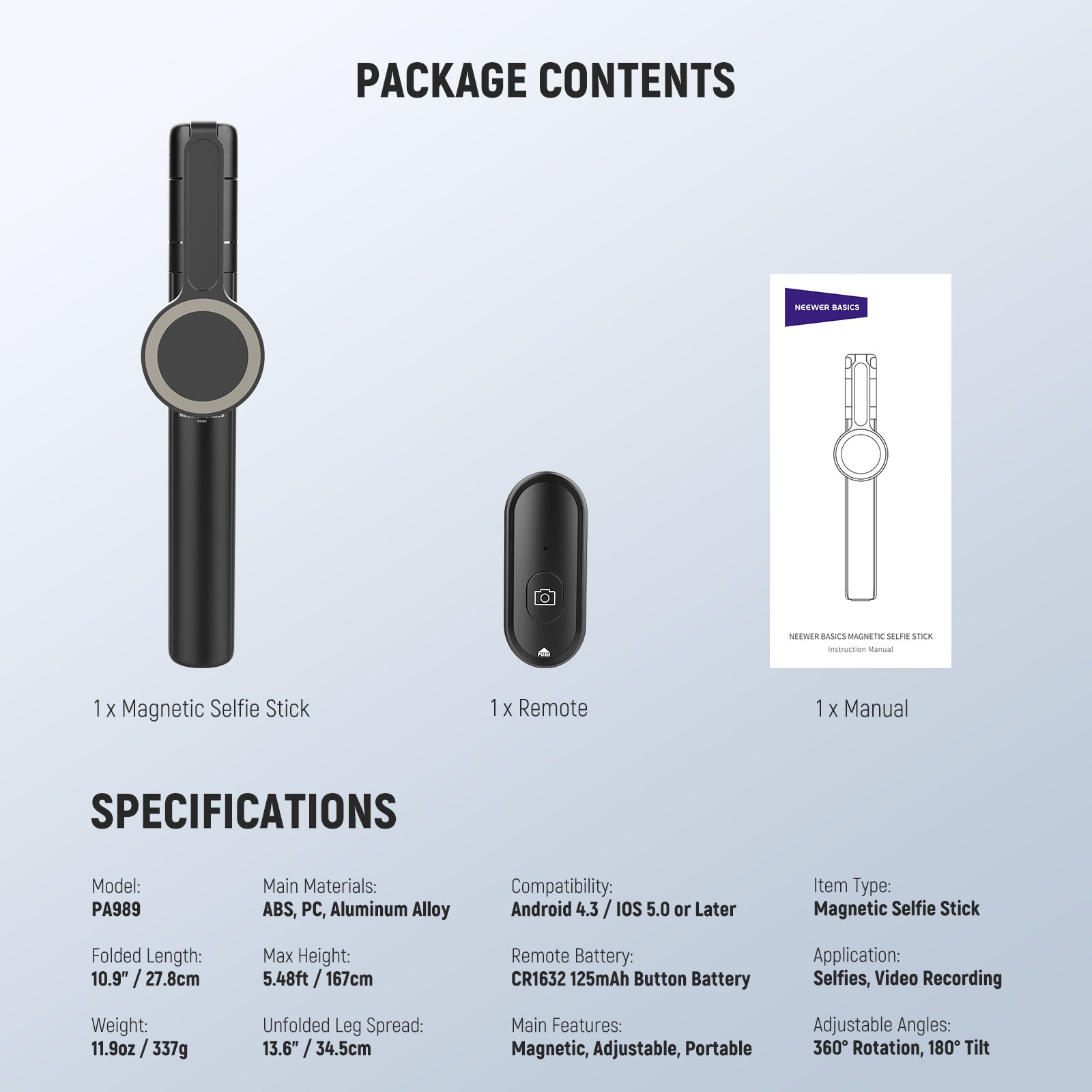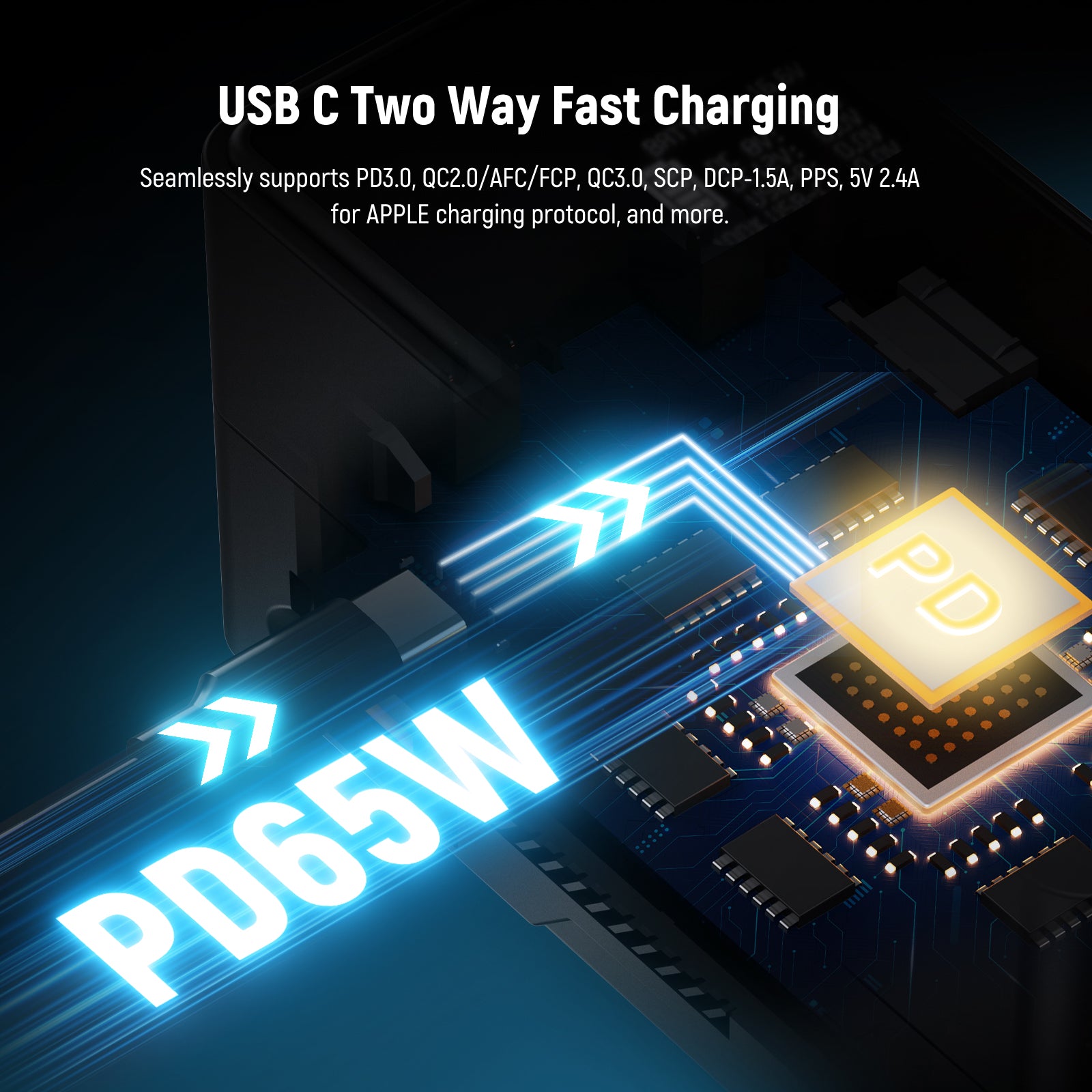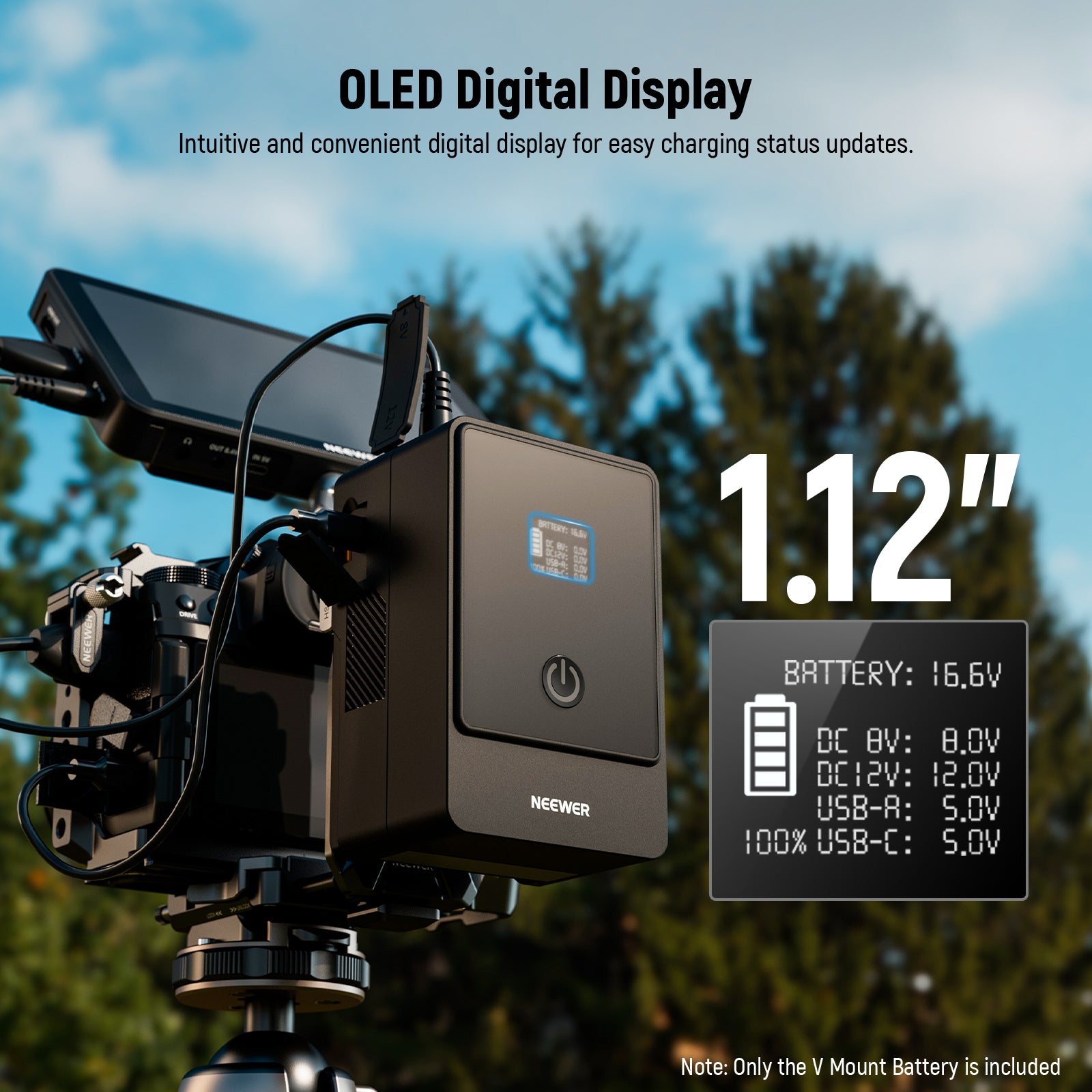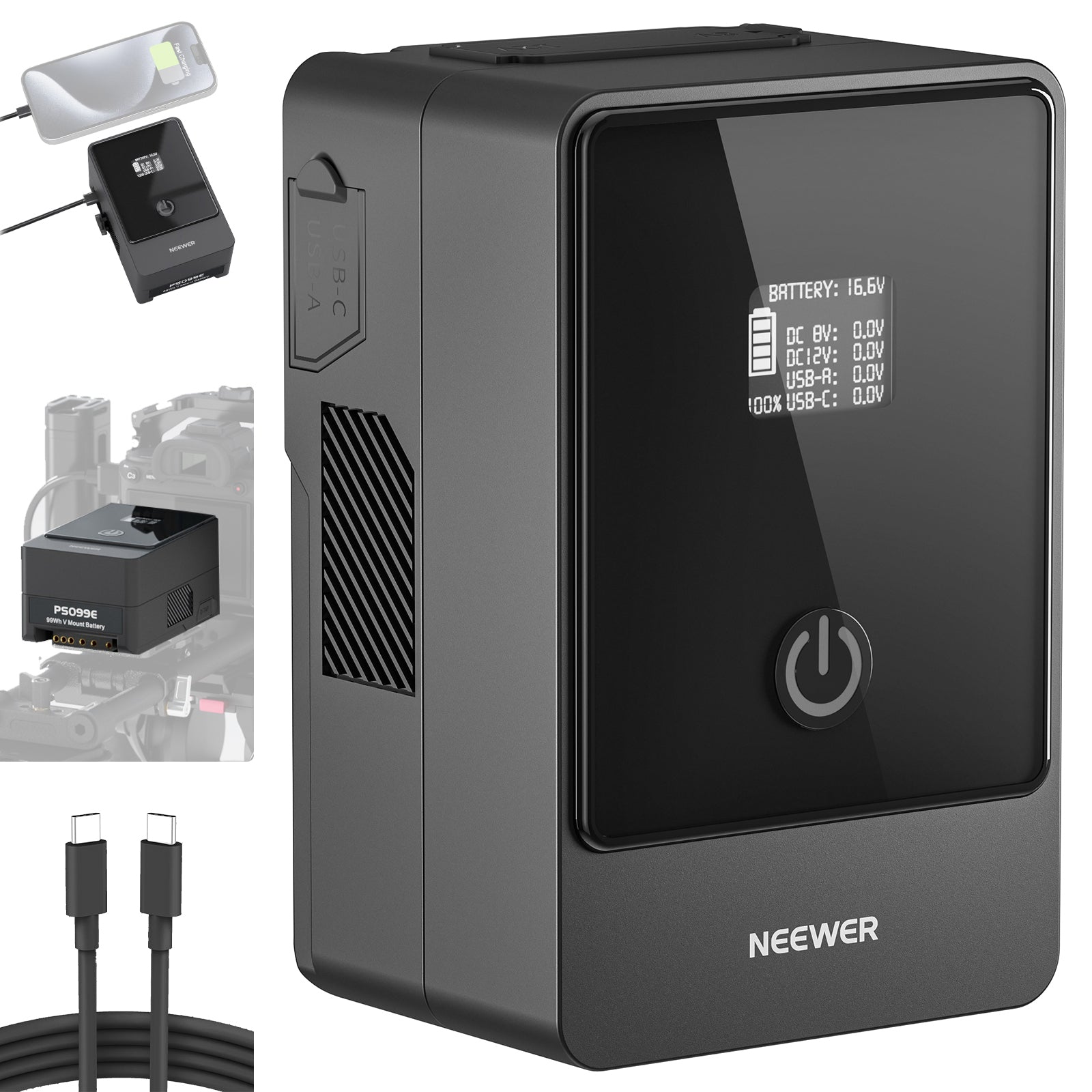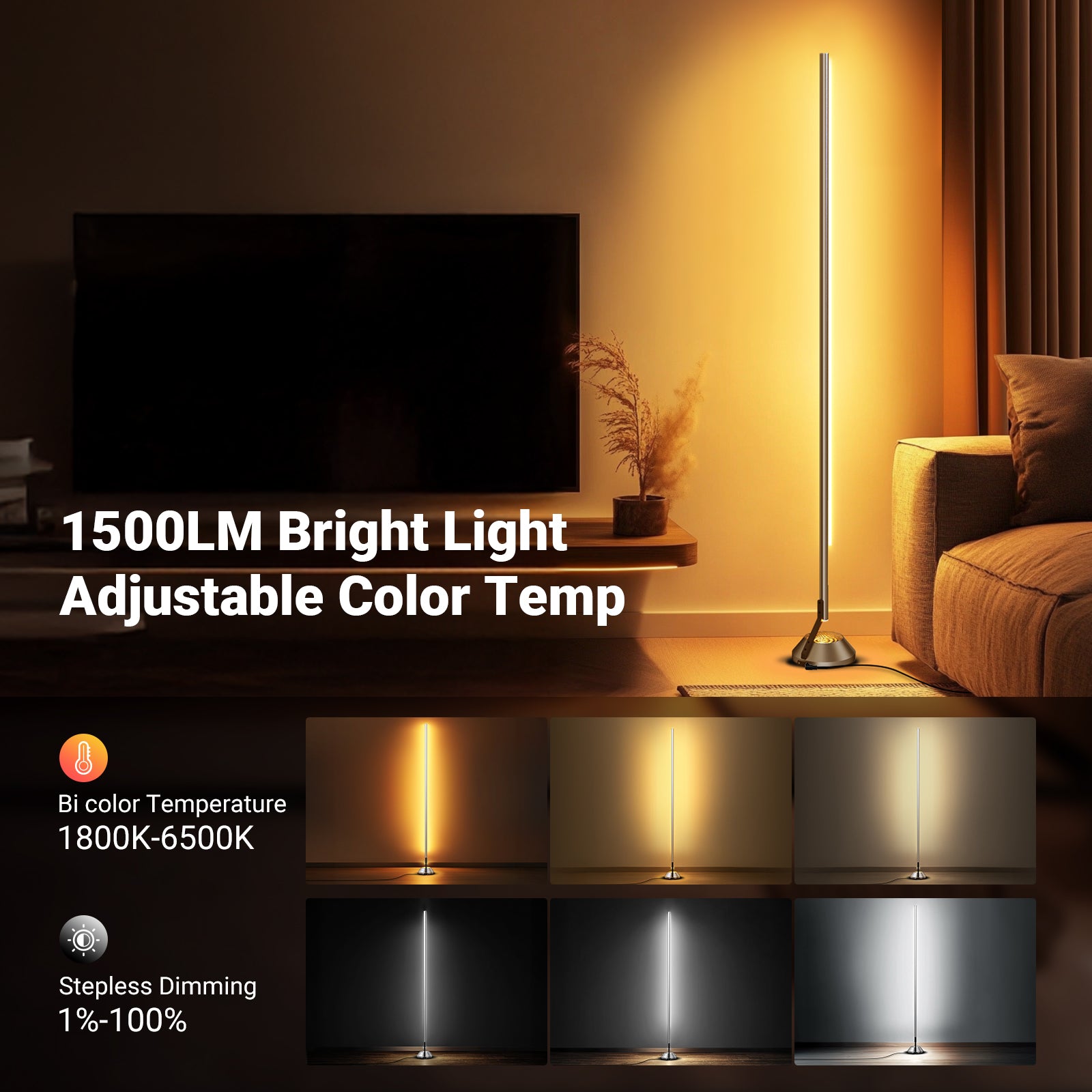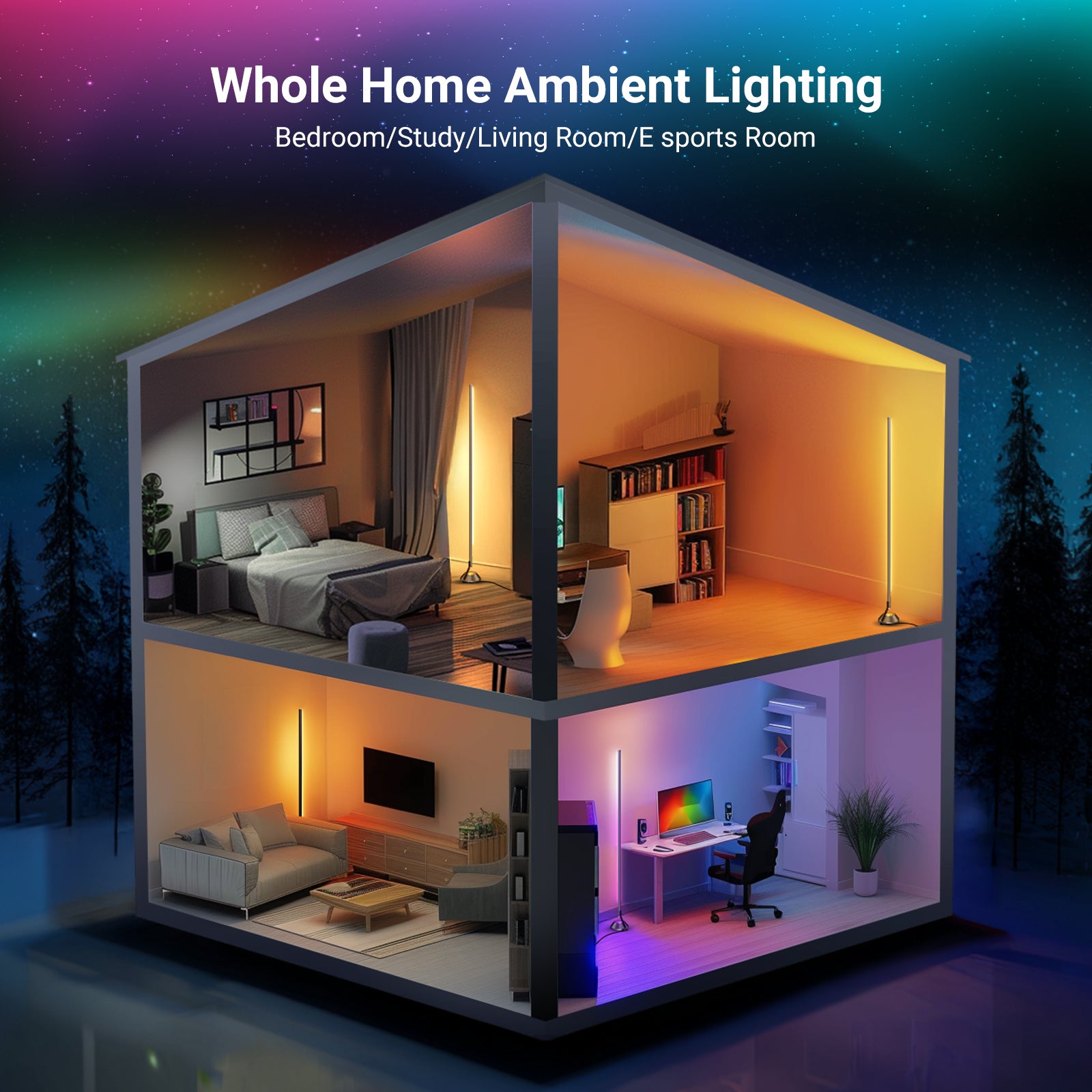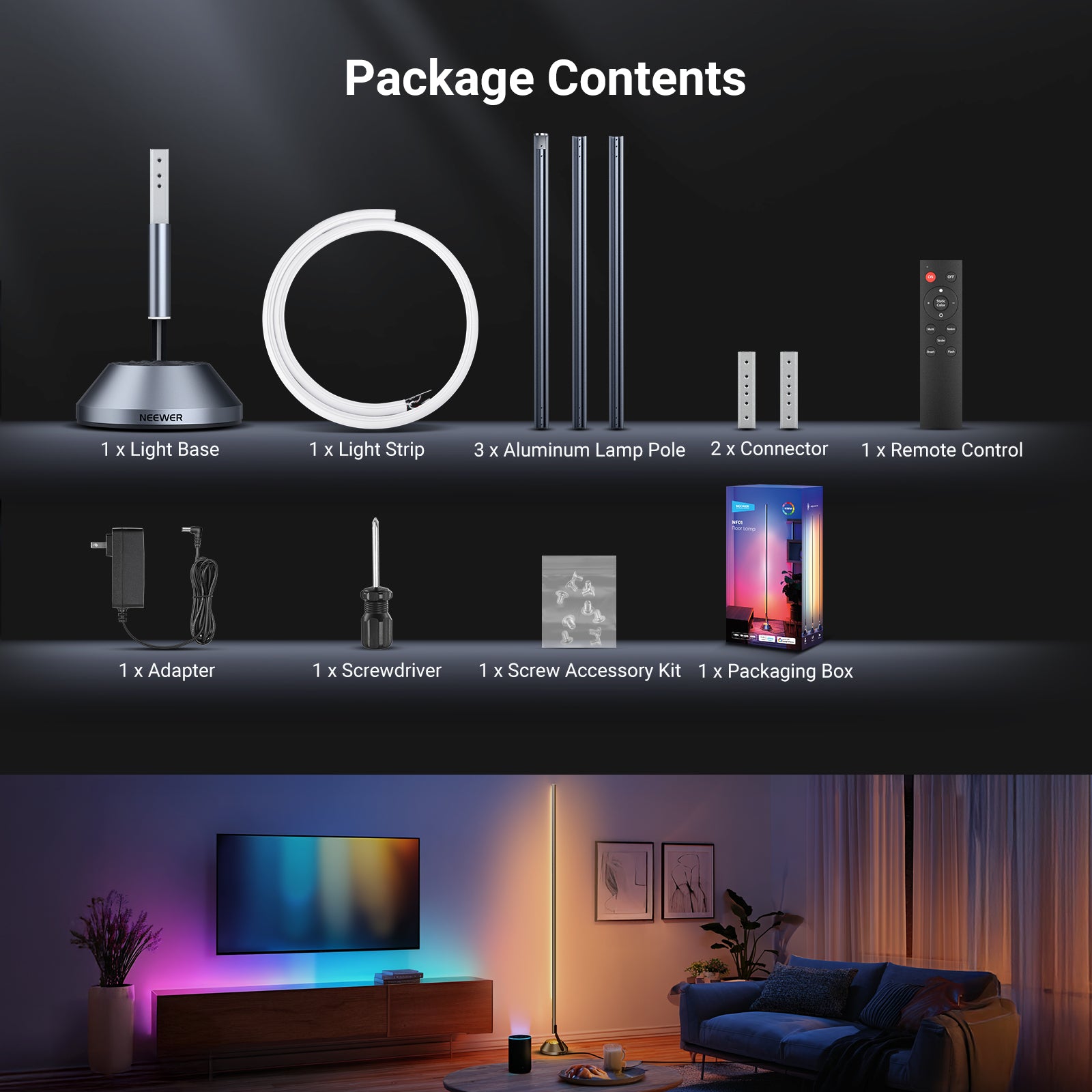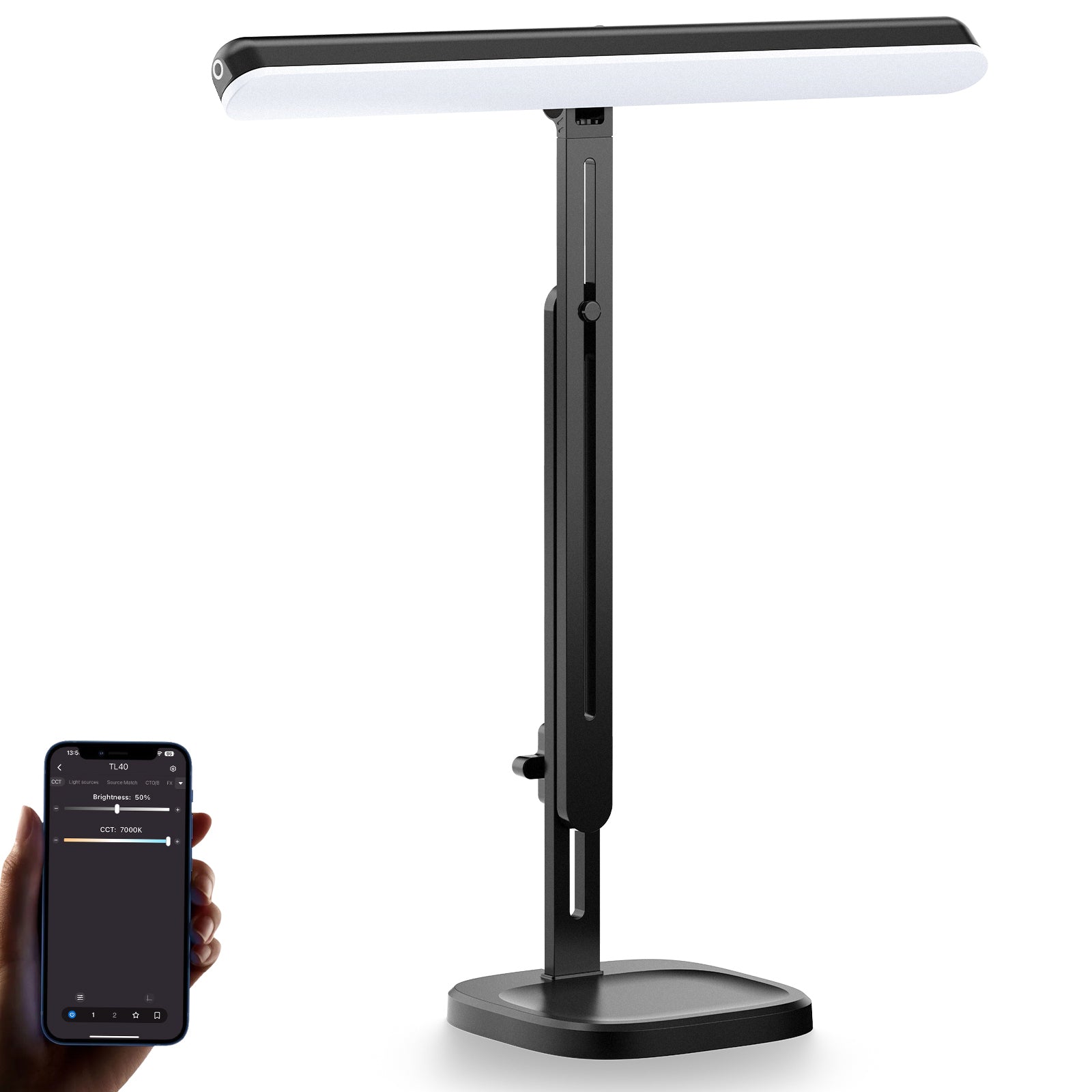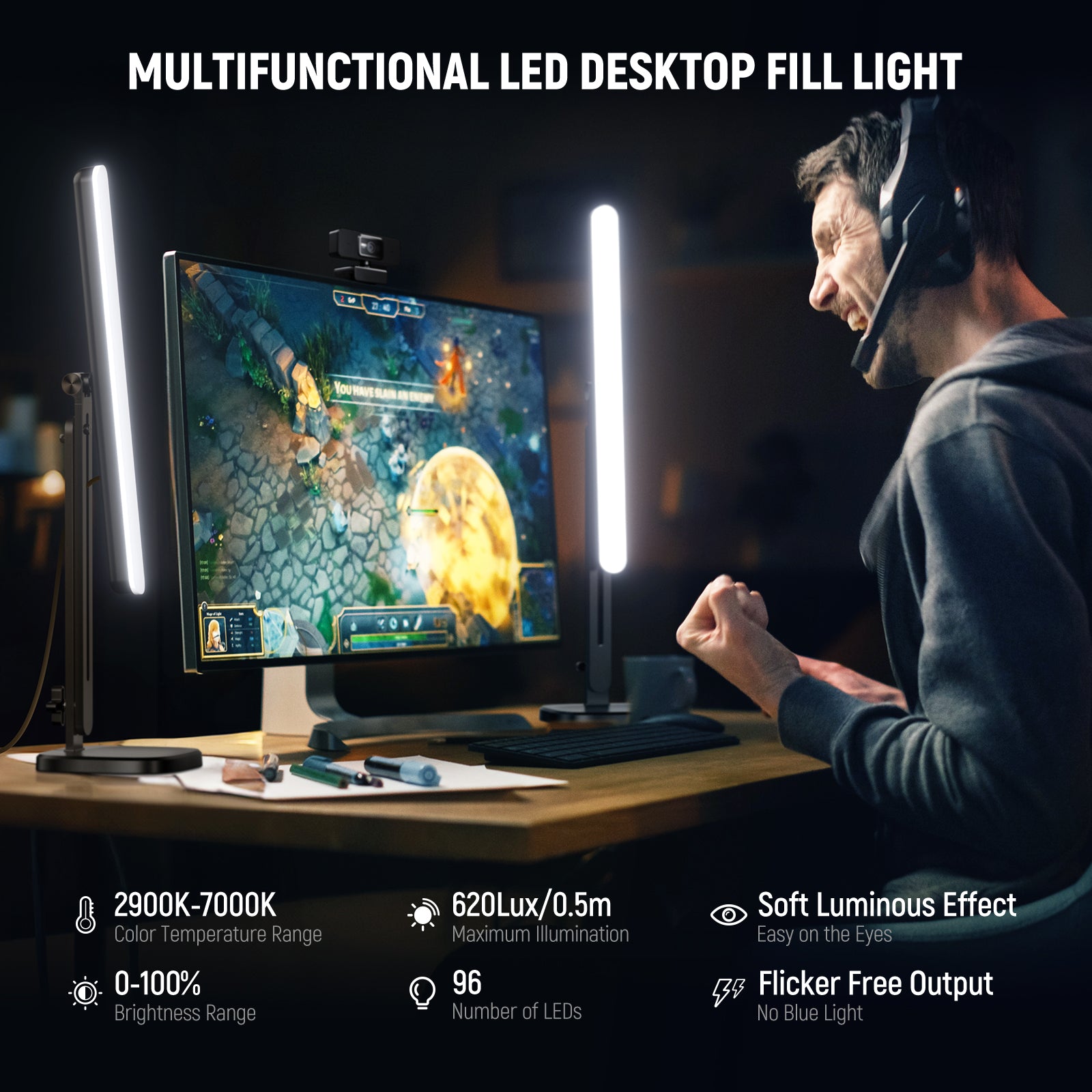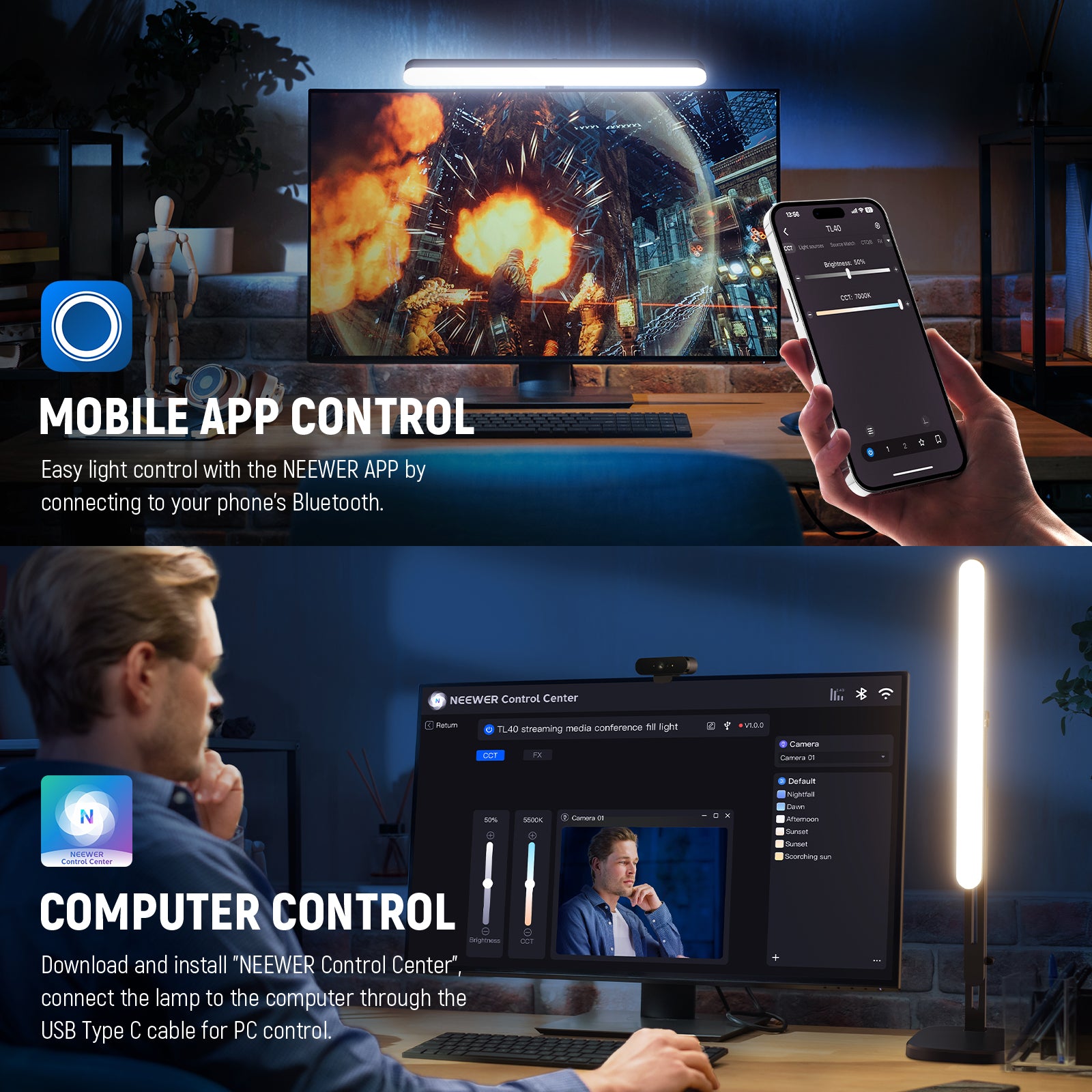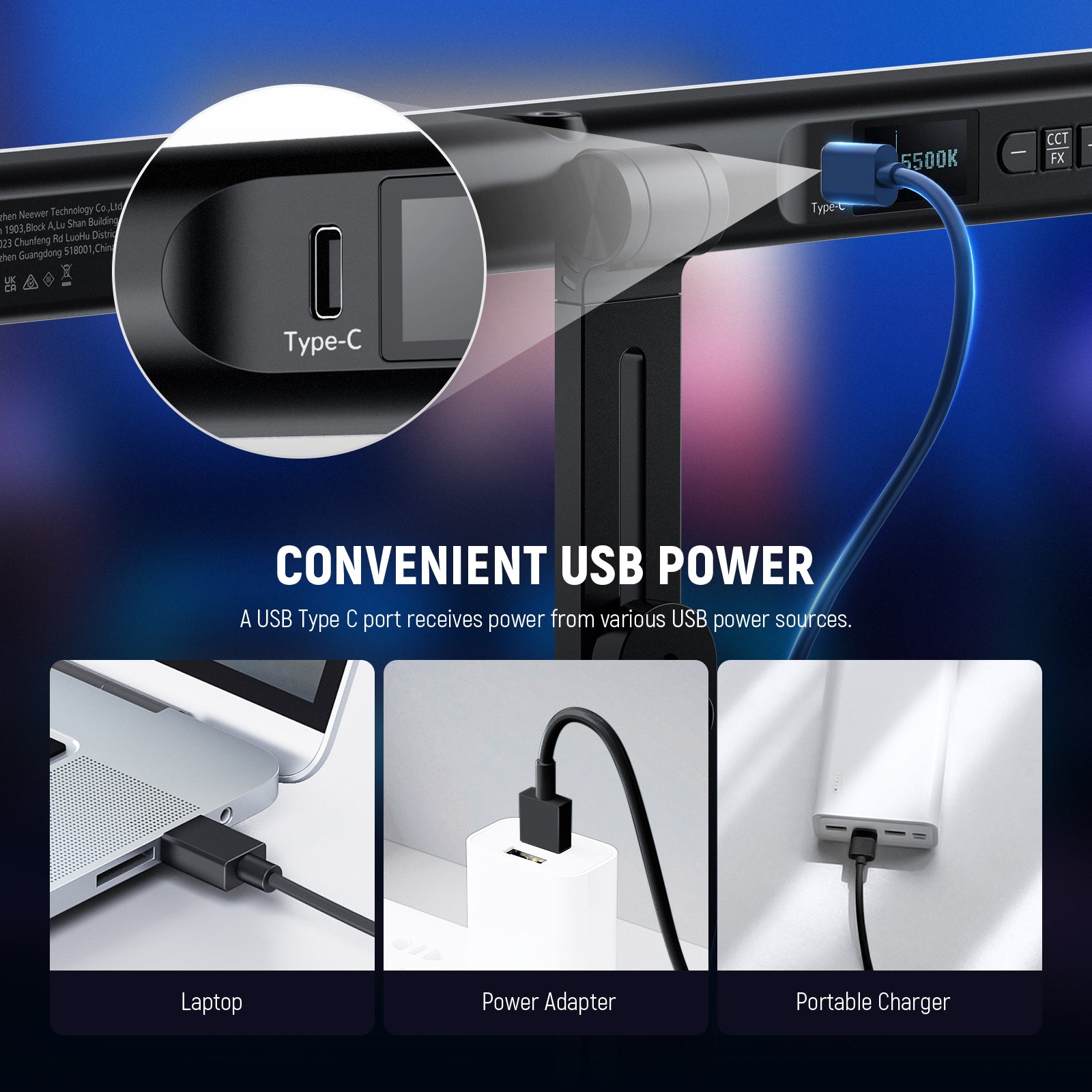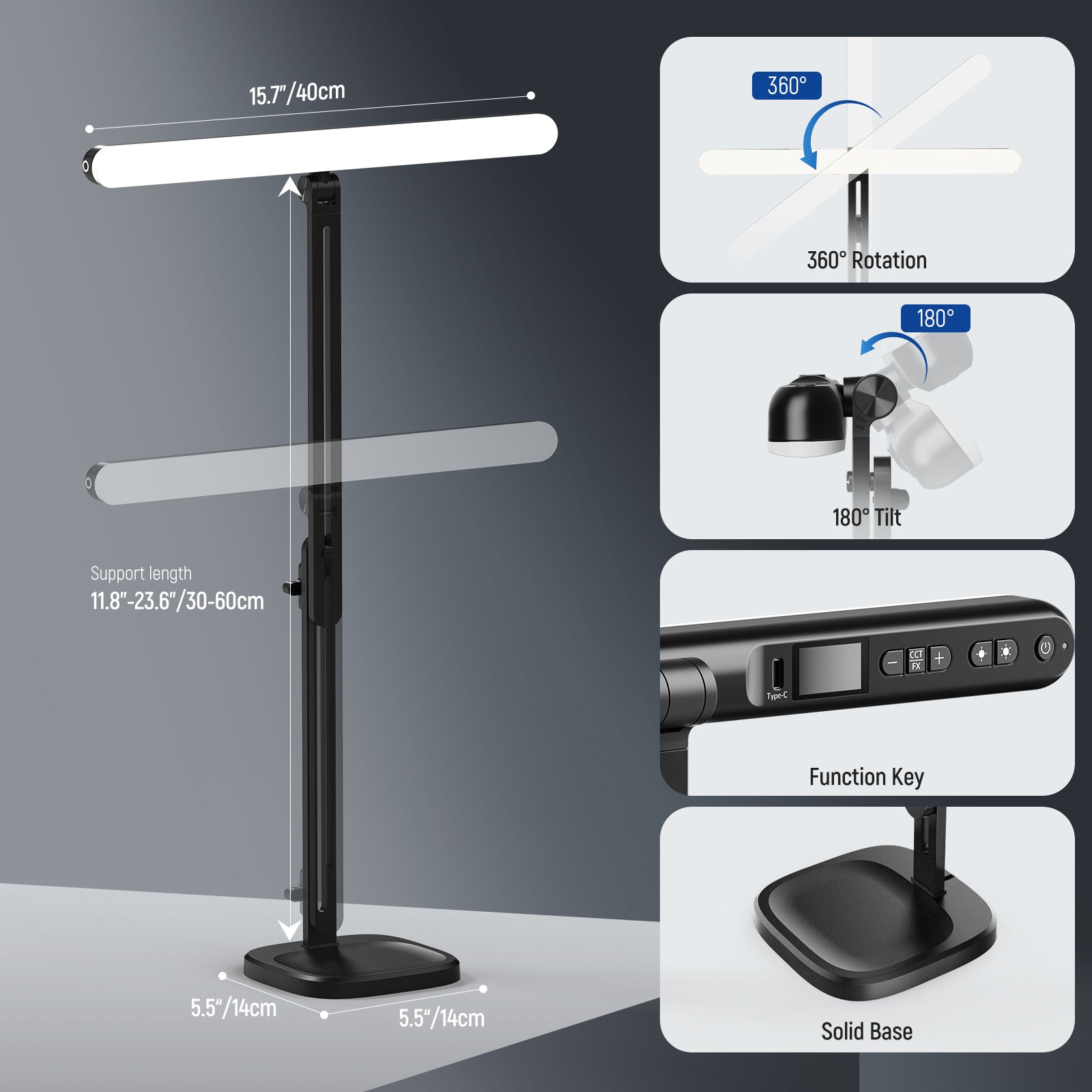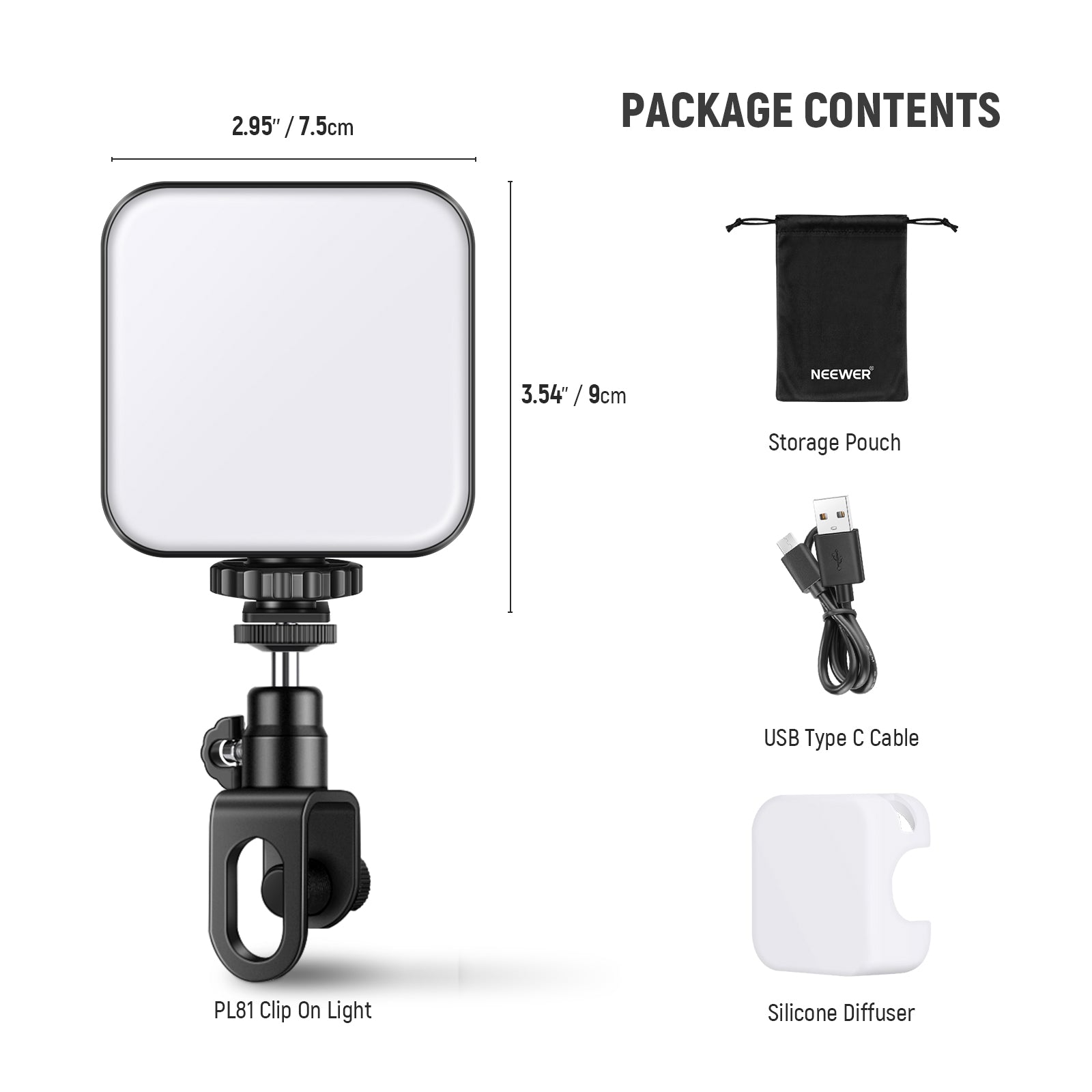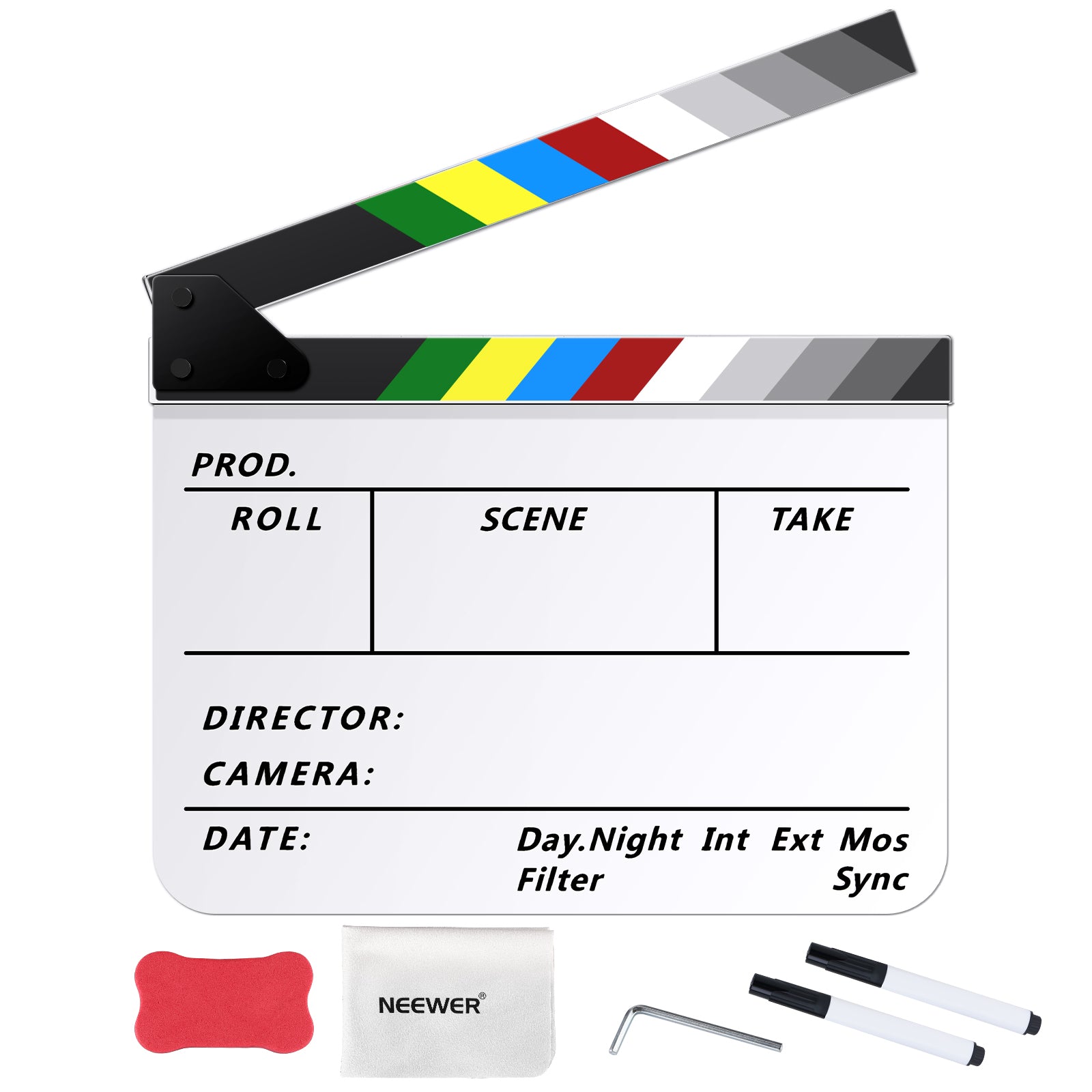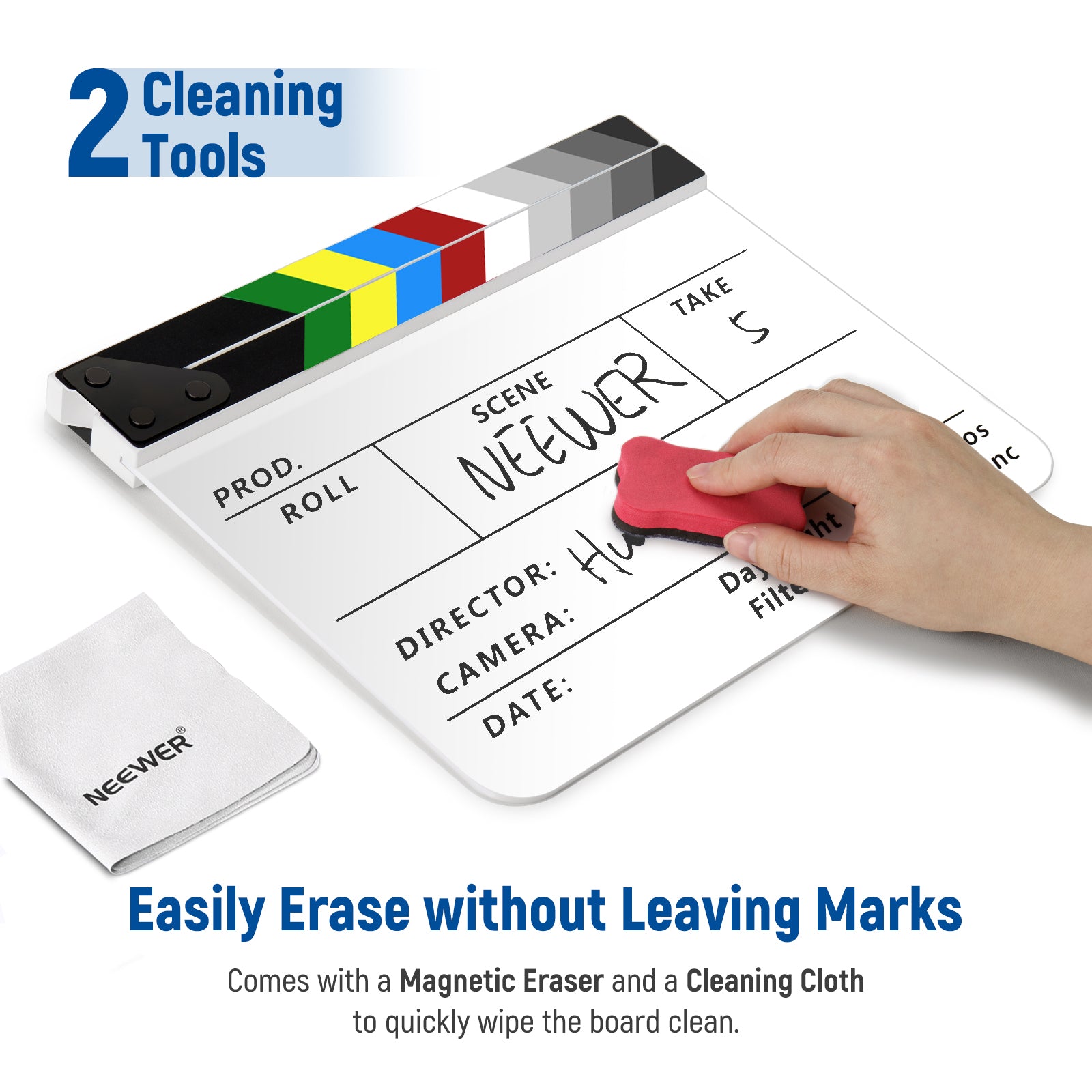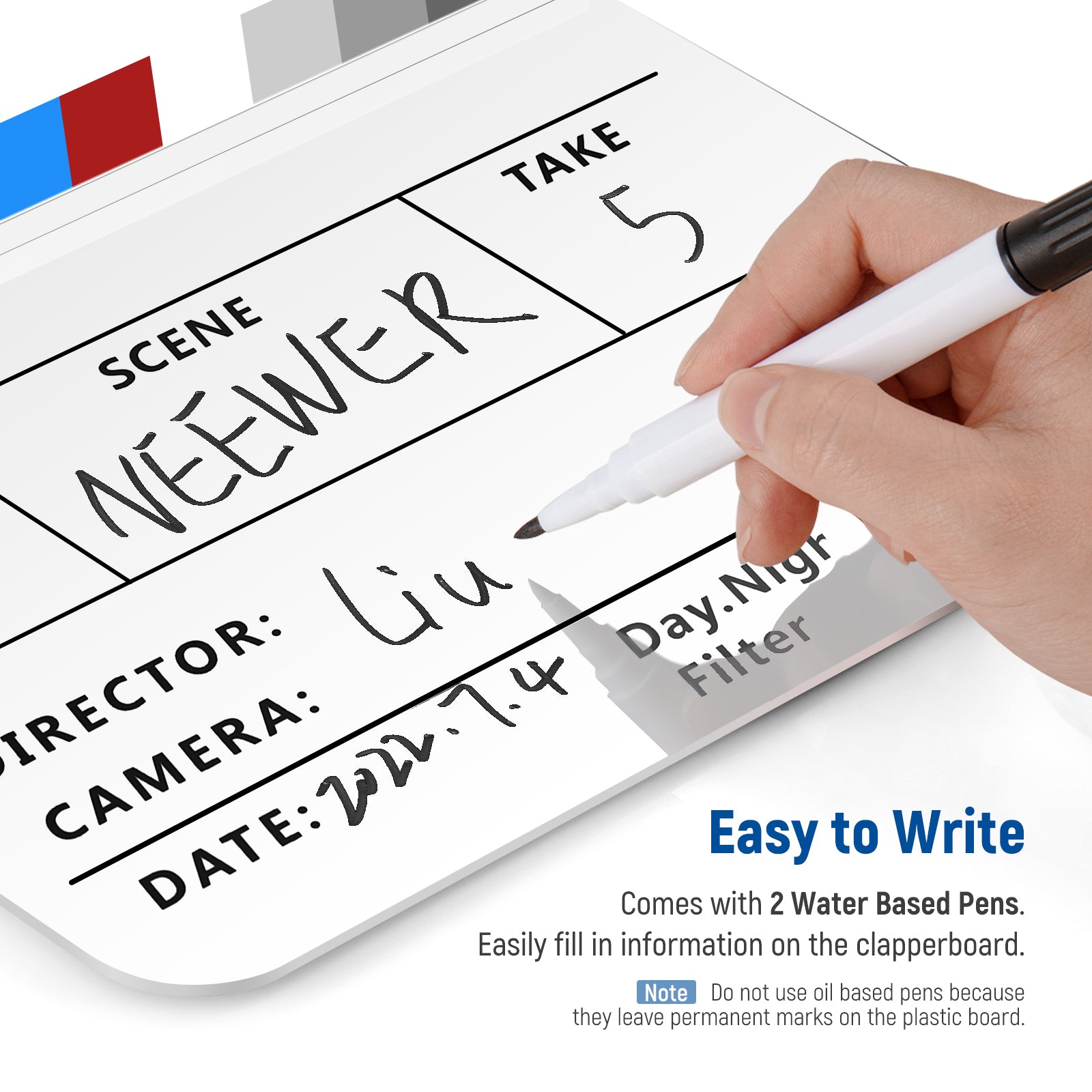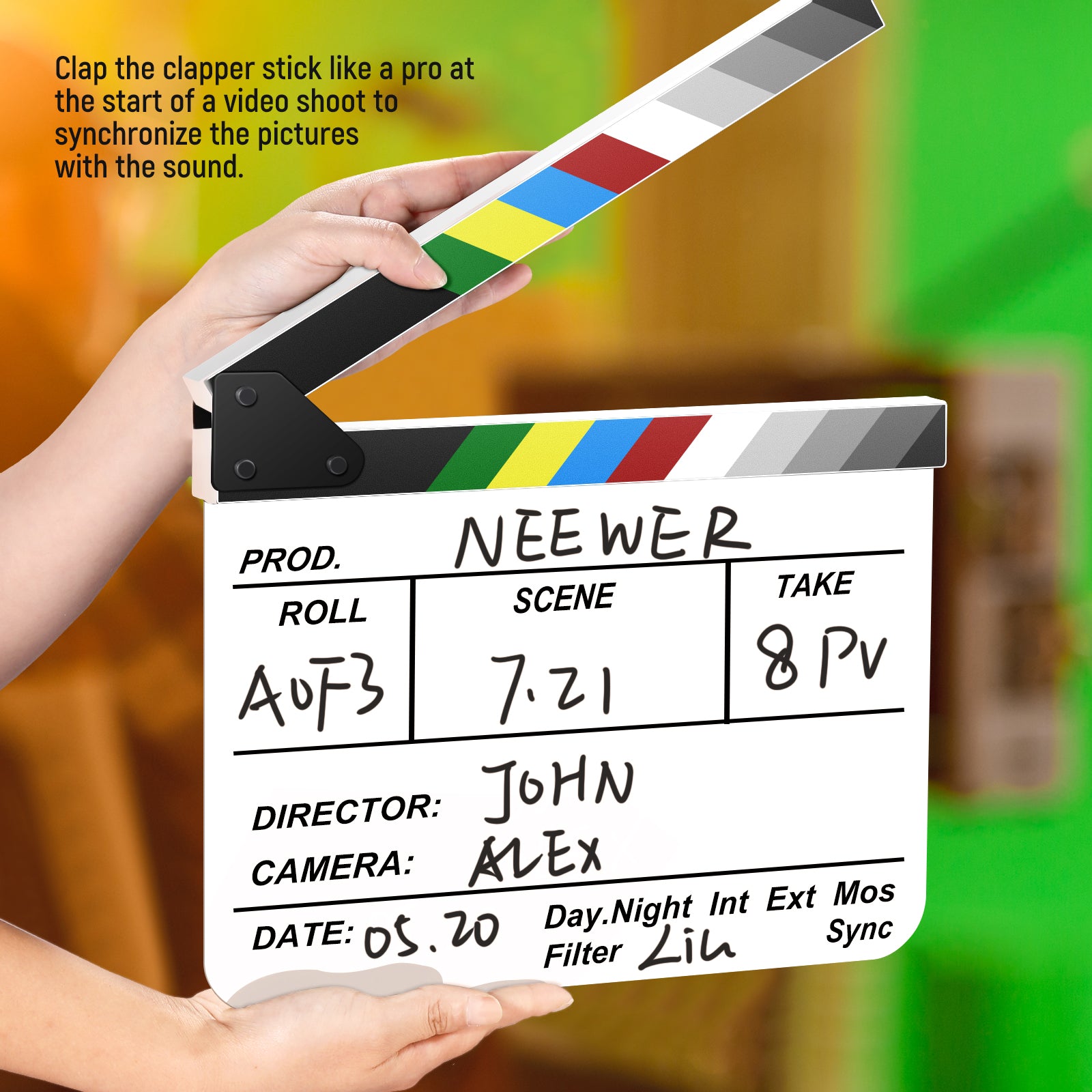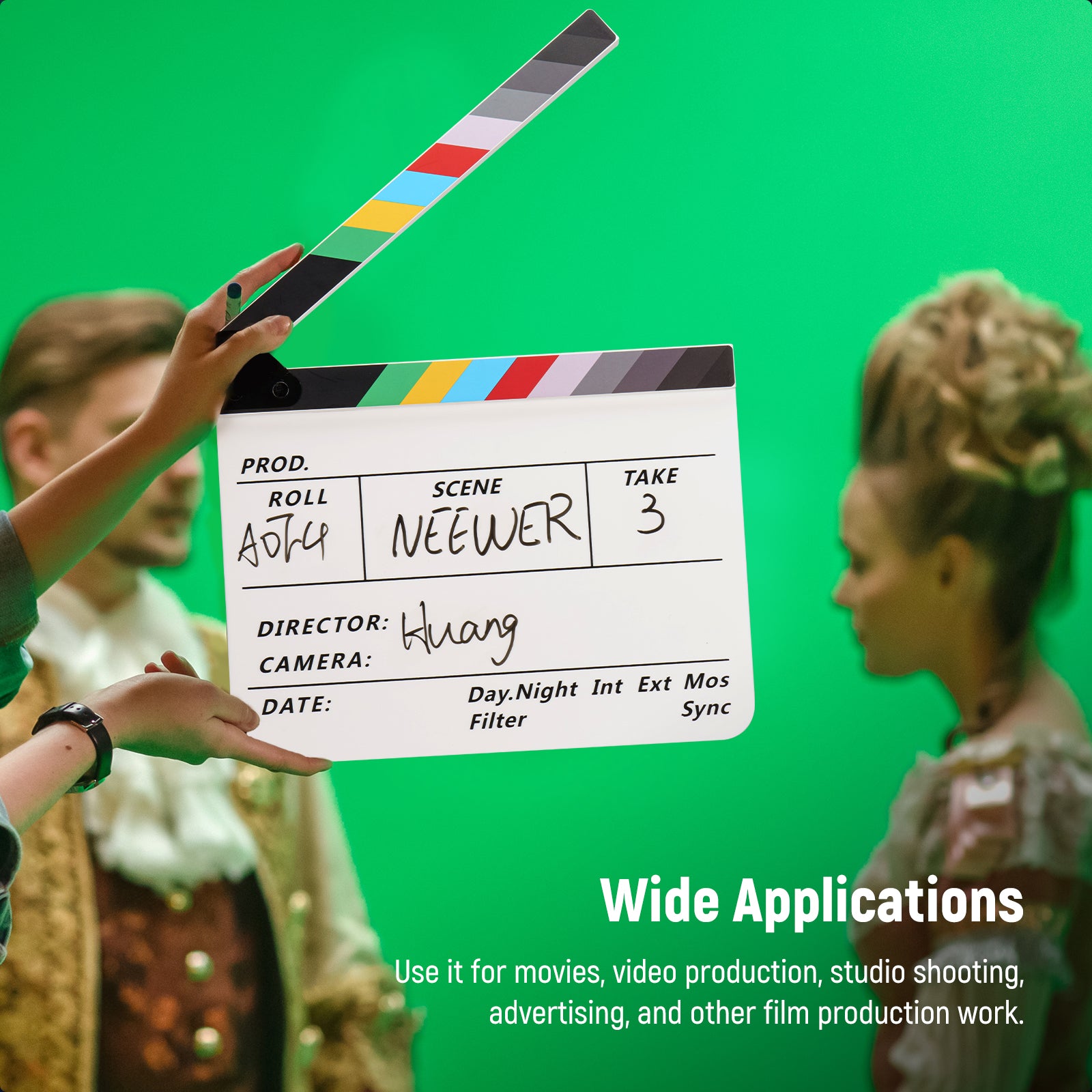Table of Contents
A lightweight and stable monopod for bird photography is an essential piece of equipment if you want to take fantastic bird photos. It can provide stabilizing support for your photography equipment while you wait for long periods for a photo opportunity, and it can also act as a hiking pole for smoother progress in the wilderness. To help you pick the best monopods for bird photography, we have introduced 5 products and shared tips on how to pick them, which we believe will help you.
Quick List of Monopods for Bird Photography
|
Model |
Price |
Material |
Load Capacity |
Weight |
Height |
|
TP72A |
$129.99 |
Aluminum Alloy |
13.2lb / 6kg |
5lb / 2.3kg |
22"-74" |
|
N55C |
$125.99 |
Carbon Fiber |
26.5lb / 12kg |
3.9lb / 1.78kg |
23.8"-67.7" |
|
N55CR |
$139.99 |
Carbon Fiber |
26.5lb / 12kg |
4.4lb / 2kg |
22.2"-83.8" |
|
N284L+G0 |
$139.99 |
Aluminum Alloy |
33lb / 15kg |
5.7lb / 2.6kg |
21.7"-61" |
|
TP42 |
$39.99 |
Aluminum Alloy |
22lb/10kg |
16oz/456g |
22.6"-66.5" |
Best Monopods for Bird Photography of 2026
1. NEEWER TP72A 72" Fluid Head Video Monopod

The NEEWER TP72A is a monopod made of high-quality aluminum alloy that is sturdy and lightweight, perfect for field and landscape photography. This monopod for bird photography is equipped with a premium fluid drag head, which gives the device greater stability and keeps it level at all times, resulting in beautiful bird photos.
The NEEWER TP72A monopod for bird photography features dual quick-release modes. You can press the quick-release plate directly from the top of the head and quickly release it with the side buttons, switching between tripod and head and shooting more quickly without missing the moment. The legs of this monopod can be adjusted to three angles. In addition to being suitable for bird photography, it is also suitable for low-angle, macro, and overhead photography.
|
Model |
Price |
Material |
Load Capacity |
Weight |
Height |
|
NEEWER TP72A |
$129.99 |
Aluminum Alloy |
13.2lb / 6kg |
5lb / 2.3kg |
22"-74" |
Pros:
- Premium Fluid Drag Pan Head
- Quick and Easy Mode Switching
- Reversing Tripod Legs
2. NEEWER N55C 68" Carbon Fiber Monopod

The NEEWER N55C is a very portable and lightweight monopod. It weighs only 3.9 lbs/1.78kg because it is made of sturdy carbon fiber, but it can withstand 26.5 lbs/12kg and is strong, corrosion-resistant, and able to withstand all kinds of harsh environments, making it perfect for bird photography.
This monopod for bird photography can be folded to 18.5 inches/47cm for easy transportation, you do not feel too much burden when you go to the field to photograph birds. In addition, its metal ball head is equipped with a quick release plate, which allows you to quickly mount the camera while still achieving smooth panoramic shots.
|
Model |
Price |
Material |
Load Capacity |
Weight |
Height |
|
NEEWER N55C |
$125.99 |
Carbon Fiber |
26.5lb / 12kg |
3.9lb / 1.78kg |
23.8"-67.7" |
Pros:
- Solid Carbon Fiber Build
- Foldable & Portable
- Versatile 360° Ball Head
3. NEEWER N55CR 80.7” Carbon Fiber Monopod

The NEEWER N55CR is also a carbon fiber monopod for bird photography, capable of stably supporting camera equipment weighing up to 12 kg. Moreover, its center column features hooks for hanging sandbags, which ensures that there is no shaking when shooting. The monopod for bird photography is equipped with a 36mm ball head that stabilizes the camera and provides flexible shooting angles.
The NEEWER N55CR monopod for bird photography is equipped with a two-section telescoping center column and four-section telescoping legs with a maximum height of 80.7 inches/205 cm. With the help of the quick-swing lock, you can easily adjust it to the desired height for perfect bird photos.
|
Model |
Price |
Material |
Load Capacity |
Weight |
Height |
|
NEEWER N55CR |
$139.99 |
Carbon Fiber |
26.5lb / 12kg |
4.4lb / 2kg |
22.2"-83.8" |
Pros:
- Extended Height with 2 Center Axes
- 360° Swivel Ball Head for Panoramic Shots
- Built with Sturdy Carbon Fiber Material
4. NEEWER N284L+G0 Camera Monopod

If you're looking for a monopod for bird photography with superior weight capacity, the NEEWER N284L+G0 Camera Monopod can fulfill your needs. It can provide stable support for equipment weighing up to 33 lbs/15 kg, which is very practical. Moreover, its leveling bubble meter helps to achieve precise horizontal alignment and provides more stability.
The NEEWER N284L+G0 Camera Monopod is equipped with 4-section legs with quick-release twist locks that allow you to quickly set up, adjust the height from 26.4 inches to 78.7 inches, and start shooting. This monopod for bird photography comes with a 360° panoramic ball head that can be controlled with two separate buttons, making it easy for you to adjust each precise angle.
|
Model |
Price |
Material |
Load Capacity |
Weight |
Height |
|
NEEWER N284L+G0 |
$139.99 |
Aluminum Alloy |
33lb / 15kg |
5.7lb / 2.6kg |
21.7"-61" |
Pros:
- 4 Section Legs with Quick Release Twist Locks
- Precise And Flexible
- Load Capacity Up to 33lbs/15Kg
5. NEEWER TP42 Camera Monopod Stand
For photographers on a tight budget, the NEEWER TP42 Camera Monopod Stand offers exceptional value. Weighing a mere 16 ounces, it's incredibly lightweight yet capable of supporting DSLR cameras weighing up to 22 pounds. If you're seeking a more portable monopod for bird photography, this model is definitely worth considering.
NEEWER TP42 Camera Monopod for bird photography features four height-adjustable sections that lock securely with a simple twist. Whether capturing low angles or sweeping panoramic views, it ensures you get satisfying bird photos every time. Additionally, its non-slip rubber grip guarantees a steady hold.
|
Model |
Price |
Material |
Load Capacity |
Weight |
Height |
|
TP42 |
$39.99 |
Aluminum Alloy |
22lb/10kg |
16oz/456g |
22.6"-66.5" |
Pros:
- Great Value For Money
- 4 Section Height Adjustable
- Robust & Portable
How to Choose A Good Monopod for Bird Photography?
1. Prioritize Height and Stability for Eye-Level Shooting
Birds tend to perch high up or fly quickly overhead, so your monopod needs to be tall enough so you can shoot at or above eye level without crouching or stretching. With proper height, shooting upward at birds becomes less unsteady than shooting upward through poor positioning or unsteadiness, especially without the necessary height adjustments. Choose one that matches your own height plus the height of your camera when mounted—generally speaking, look for one with at least 160-170cm (63-67 inches).
2. Choose a Lightweight Yet Durable Build
For bird photography in the field, weight can be an enormously significant factor. Carbon fiber is lightweight yet absorbs vibration better than aluminum. Therefore, it might be worthwhile investing in carbon fiber as it offers greater control in remote or elevated locations.
3. Look for a Quick-Lock Mechanism for Fast Setup
When photographing birds, speed matters. You need to set up or adjust your monopod quickly without missing the shot. Opt for flip locks or twist locks that feel secure but are fast to operate. Flip-lock designs are preferred by many bird photographers for speed and simplicity in the field. Twist locks are lower profile, slightly slower, but more weather-resistant.
4. Use a Fluid or Ball Head for Smooth Tracking
Birds are always moving, so your monopod head must pan and tilt fluidly for smooth tracking. A fluid head or a monopod-specific ball head is best. They enable steady tracking of birds in flight or perched subjects without jerky motion and allow for precise positioning without fighting the monopod's tension.
5. Foot Options for Different Terrains
A good monopod for birding should have interchangeable feet or at least a stable rubber foot. Consider monopods that include rubber feet for paved or indoor use and spiked feet for outdoor terrain (dirt, grass, sand). Spiked or claw feet can make a huge difference when standing on uneven or muddy ground for extended periods.
6. Collapsed Length and Portability
If you're hiking to your birding location, make sure the monopod collapses small enough to fit in or attach to your backpack. Look for 4- or 5-section monopods that pack down under 50cm (20 inches). A strap or wrist loop is helpful when moving between spots with your camera still mounted.

